Lessons from a Luthier: Historically Informed Construction
Written by Andrew Tait, Perth-based luthier, double bass and violone player, and guest performer for Christmas with HIP Company 2022. Andrew explains the process of creating a new viola da gamba for HIP Company’s Krista Low, which will receive its first public outing this Christmas, and the importance of what he terms ‘Historically Informed Construction’ of instruments for ‘Historically Informed Performance’ practice.
21st November 2022.
The viol is a 6 or 7 stringed fretted instrument with a flat back, and deep ribs which developed from the Lute, thus it is tuned in a similar way (in fourths with a third separating two of the middle strings). By contrast, members of the violin family have no frets, they have a swell back, and the four strings are tuned in fifths.
The Bass Viol is often called a Viola da Gamba, as in Italian this describes the way the instrument is held between the legs (‘Gamba’ meaning ‘leg; in Italian).
Though the viol and violin family developed at roughly the same time, in the 14th and 15th century, the viol family was considered a more refined, sociable instrument, and many households owned a “Chest of Viols” to be played in Consort.
A chest of viols
A family of viols in Andrew’s workshop
The early violin, being a louder, coarse instrument, was principally played by itinerant travelling musicians who busked on the streets. The height of popularity of the Viol family was during the 16th and 17th centuries. By the 18th century the violin family had eclipsed the viol family with only the bass viol surviving well in to the 18th century in France .
In fact the only true member of the viol family that still survives today is the Double Bass which shares more in common with the viol family than the violin family.... Being tuned in fourths, most commonly has a flat back with deep ribs and internal spars to support the back and a popular shape called the “Viol” shape is still common (as opposed to “violin corners”) today.
The English viol was the most sort after make in its day as the Italian violins are today.
Krista’s Viola da Gamba is a copy of a Famous French instrument that was made in Paris in 1691 by Michel Colichon with its pirate head and unique design painted onto the belly of the instrument just below the fingerboard.
What made the English viols so popular was the distinctive sound: a product of the construction techniques used, which Colichon adopted after having travelled to London. Their tops were bent over a hot iron (which is often still visible inside the old instruments, as the process left scorch marks on the wood).
Bent tops were made from 5 or 7 pieces of timber to accommodate the bending process and they were joined on the angle (in a similar way to a Roman arched wall) to support the arch of the belly. In this way, the tops could be much thinner, as the wood fibres were in tact along their length, not like a carved top which cuts across the grain and so needs to be thicker to support the arch.
This produces quite a different sound which is slightly more nasal, somewhat similar to the instruments of the middle east, from where the lute is said to have originated, travelling to Europe through Spain and Italy.
Portrait of Marin Marais, 1704 (Musée de la musique, Paris), courtesy of Wikimedia Commons.
Marin Marais (1656-1728), a French composer, holds his large, 7-stringed viola da gamba. Marais owned a Colichon gamba.
You will notice that Krista’s Viol sounds very different from a cello as I faithfully followed the “Historically Informed Construction” process... is HIC an acronym? It seems appropriate for HIP Company to be playing on HIC instruments!
Work in progress: Andrew’s new viola da gamba for Krista
Scorch marks on the interior of a viola da gamba
Colichon’s distinctive design on the instrument’s belly.
In that vein, it is a good opportunity to discuss the instrument that I will be performing on.
Know by many names including a “G” Violone, a German Bass, a Great Bass Viol, The Great Dooble Bass or simply Violone, depending on where and when the instrument is being referenced. The original was made by Giovanni Paolo Maggini in Brescia (1580-1632), who incidentally died of the plague. It now resides in the Horniman Museum in London after being donated by Jess Dolmetsch.
My copy was made for my teacher, John Gray (who was a founding member of the Academy of St Martin-in-the-fields), in 1970 by Colin Irving. At the time Colin was working for Arnold Dolmetsch and had the original on the bench to copy, so, apart from the colour of the varnish it is a very faithful copy, down to the selection of similar timber.
I am lucky enough to have several recordings of my teacher playing my Violone with the Academy. My favourite is Bach’s The Art of The Fugue. I studied the Violone with John while I was a student of his at the Sydney Conservatorium of Music in the 1980s, so I was greatly honoured when I received a phone call from John in London in 2000 saying “Andrew, if you still want that Violone then you’d better hop on the next plane... there’s a lot of people interested in it!”
John Gray recording The Art of the Fugue with the Academy of St Martin-in-the-Fields.
Andrew with the original Maggini bass in London, 2000.
Click the button below for information about our concert, ‘Christmas with HIP Company’, on 22nd December 2022.









